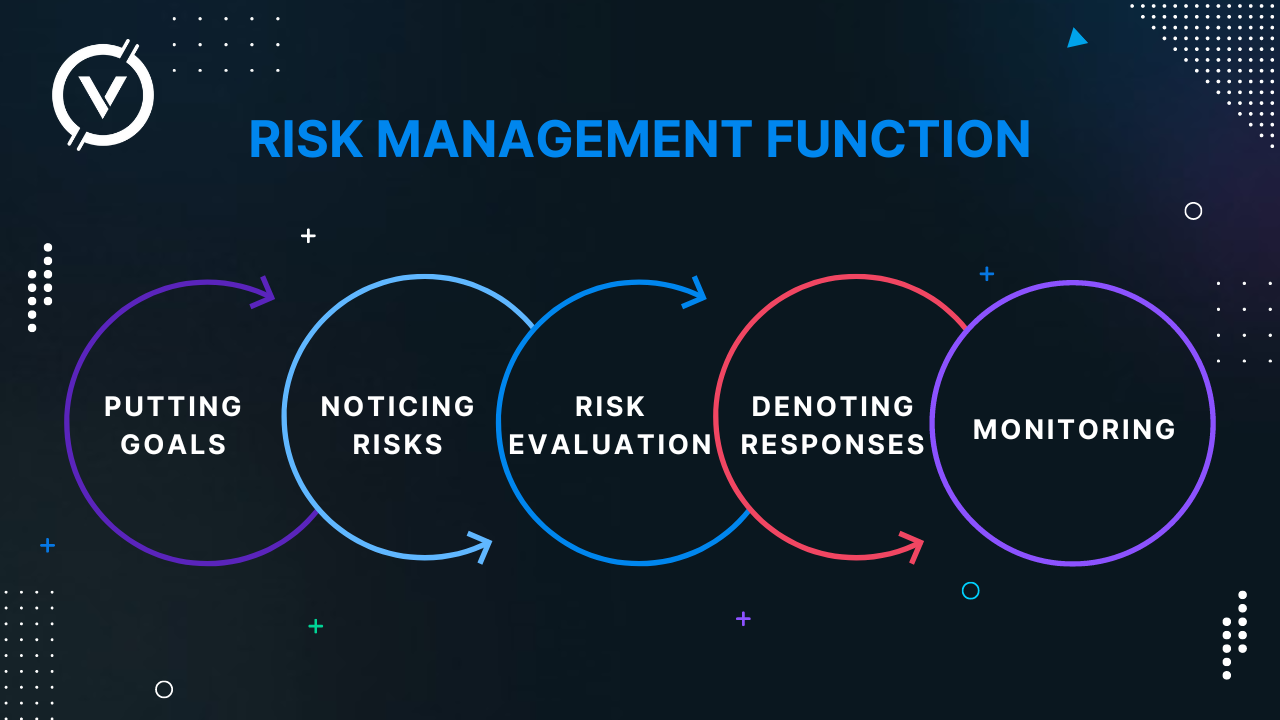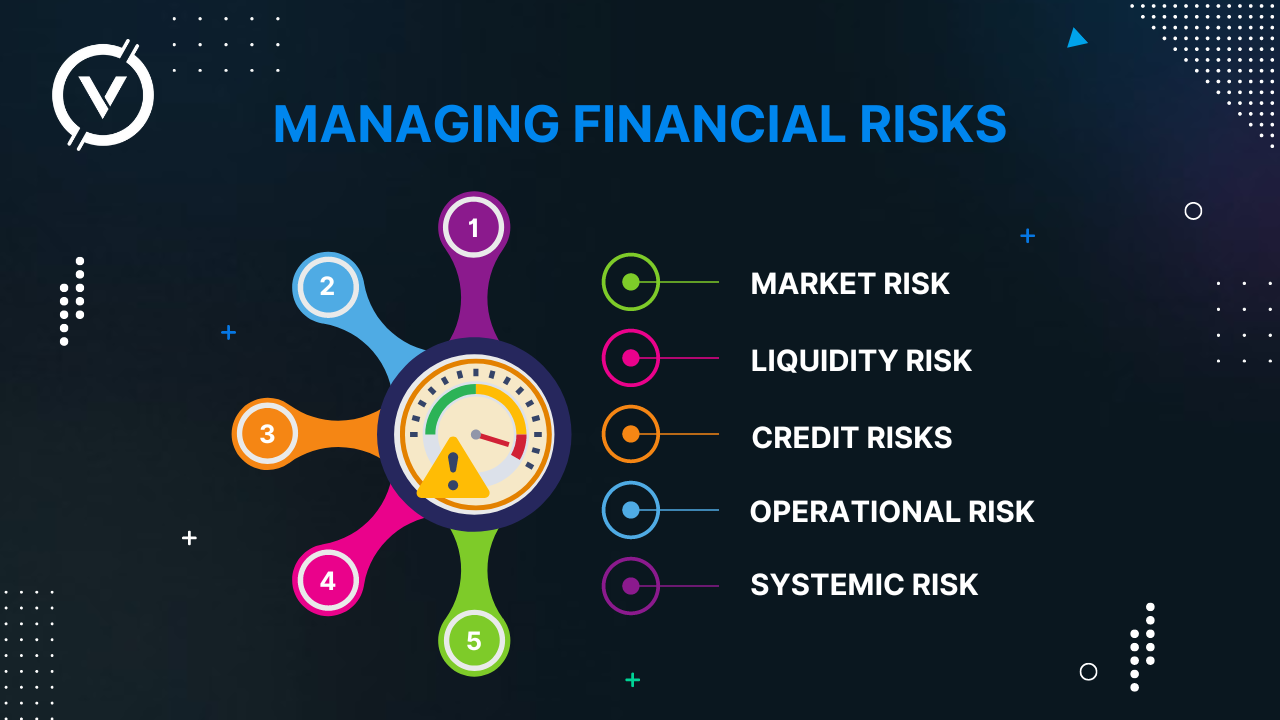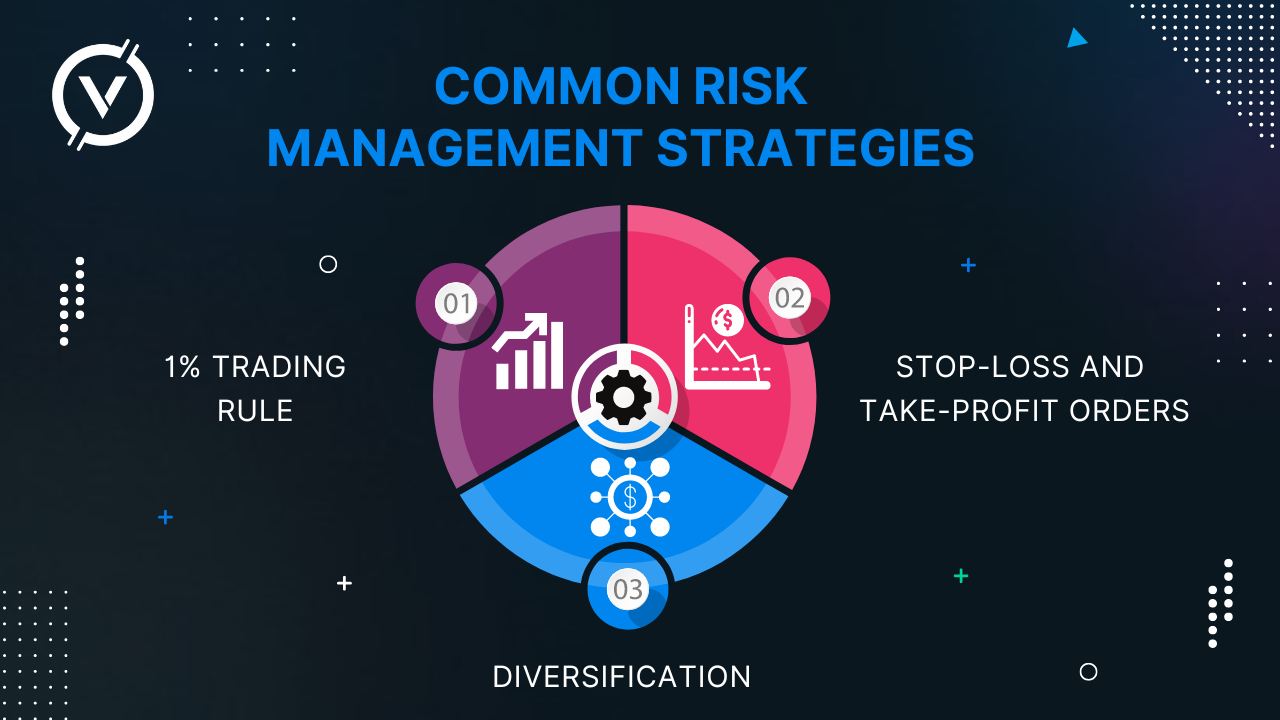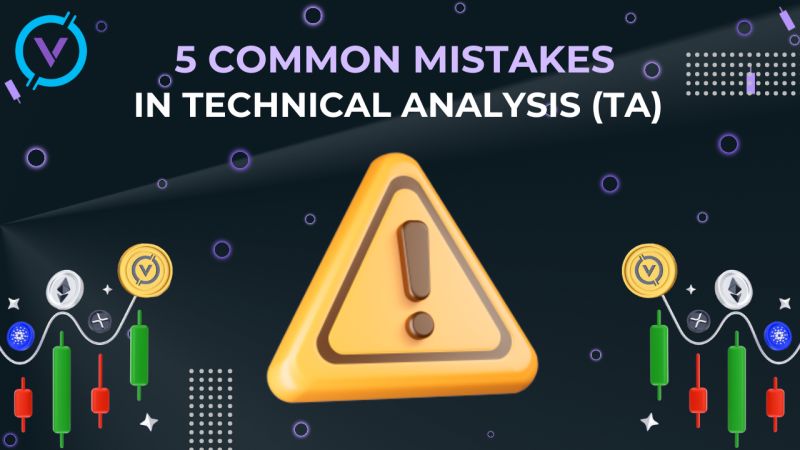Risk management is…
The biggest risk is not taking any risk’, say wise people. Whether we agree on this point or not, life proves that it is often right. It is autumn right now and if you like flaming leaves fallen down on the ground, you definitely have tried jumping in the piles of leaves in your life. Have you ever consider the risk of jumping? Broken glasses, ‘gifts’ from cats and dogs, cigarettes and many other things can wait for us in the piles of fallen leaves. Nevertheless, all people, especially small children like jumping in the leaves. However, who can avoid risks?
As far as economics is concerned, risk management is really a framework, which denotes how many risks companies and investors can have, and how they can overcome potential risks and avoid them successfully.
Unfortunately, many kinds of risks occur. And here we should name some of them. For instance, there can be various risks that can negatively affect the business of companies or individuals. Frameworks can include crypto, shares, real estate and indices.
How does risk management function?
To start with, risk management consists of the following levels: putting goals, noticing risks, risk evaluation, denoting responses, as well as monitoring. Undoubtedly, the levels can be changed if we have various contexts. So let’s have a look at them, please.
Putting goals: on this level, we should decide which result we want to obtain at the end of this work.
We can explain it in a different way: we need to make our goals and begin an exciting trip. This is connected with risk tolerance of companies or a person. We will depend on the level of risk they are eager to take.
Noticing risks: secondly, we should define, denote and analyze risks that can happen in the future.
We should evaluate all occasions that can lead to not positive effects in the future. Surely, if we are speaking about the world of business, we need to get data regarding insightful information that is not connected with risks about finance.
Risk evaluation: as soon as we notice the risks, we should evaluate the frequency and severity of these risks
We should put them depending on their importance. Only afterwards, we will be able to choose and predict the appropriate answer to them.
Denoting responses: next we should define responses for any risk according to their level of importance and severity.
In this case it becomes useful to predict actions in order to overcome all possible issues and problems.
Monitoring: the last action is connected with a method of evaluating the efficiency of it in response to any occasion
Of course, it will need permanent analysis of given information.

Managing financial risks
How to manage financial risks?
Everybody of us can face some unsuccessful situations concerning strategies and setups. As an example, some traders can lose their money if the market turns against their future contract position. Another reason is just panic, which can easily happen to people making them lose their money. It is the panic that makes investors give up and restrain from their initial plan. You can see it on bear markets as well as at the time of capitulation.
It is highly important to have your own strategy in order to avoid potential risks. Everybody in the financial world should learn some information so as to be successful. It will help to adjust to any possible situation. We can manage risks in many ways. Any strategy should be adopted continuously. Now have a look at some financial risks, please. If you know them, you can manage them more successfully.
- Market risk can occur: you can restrict it if you use Stop-Loss orders on every trade. It means that the positions will be easily closed before incurring greater losses.
- Liquidity risk can happen: it can be avoided if you trade on high-volume markets. Of course, assets with a high market capitalization value lead to much bigger and higher liquidity.
- Credit risk can take place: but they can be avoided or restricted if you trade via a worthy exchange. In such situations, borrowers and lenders have no necessity in knowing each other.
- Operational risk is possible: just make your portfolios various, prevent exposure to a single project or company. Do some kind of research so as to discover companies that are less eager to experience operational malfunctions.
- Systemic risk is possible, too: just make your portfolios various. But in this case, the diversification should involve projects with distinct proposals or companies from different industries.

Common risk management strategies
We cannot exclude all risks in our life. It is also true about the financial sphere. Unfortunately, there is not only one method of avoiding risks. We can use a combination of risk management tools and methods so as to increase their possibilities of developing the portfolios. Let’s have a look at some situations on how to minimize some risks.
Conclusion
Before doing any work, please, learn some information about a risk management strategy as thoroughly as you can. Please, mind that risks cannot be deleted forever.
Risk management can help to predict risks and even avoid them. Nevertheless, keep in mind that risks can last forever. Risk management concerns identifying, assessing, and monitoring risks, according to the context and strategy. Be careful! Stay tuned.



